The jeepney is an indirect American legacy. After World War II, military surplus jeeps were left behind by the Americans and these were converted by Filipinos into public transport vehicles:
When American troops began to leave the Philippines at the end of World War II, hundreds of surplus jeeps were sold or given to local Filipinos. Locals stripped down the jeeps to accommodate several passengers, added metal roofs for shade, and decorated the vehicles with vibrant colors and bright chrome plating and hood ornaments.
Filipinos also painted and adorned the jeepney with various ornaments:
Filipinos also started adding colorful and shiny ornaments, and using the car’s metal body as canvas for painted or airbrushed images of personal significance, or adverts. The Jeepney became a part of Filipino culture, and an inexpensive means of transportation for the country’s proletariat.
A popular ornament placed on the hood of the jeepney is the horse symbol:
Gilded iron moldings, intricate art work of paintings depicting country side scenery, lapels, tassels and sometimes glittery tinsels abundantly distributed inside and outside. And finally, the wrought iron symbol of a horse drawn carriage and a chrome finished horse, festooned on top of the hood as an ornament and as a reminder of a past glory representing the horse drawn carriage.
In other islands, Japanese elf trucks were stripped down and refurbished as jeepneys:
In Cebu, popular jeepney manufacturers are Chariot and RDAK, known for its “flat-nosed” jeepneys made from surplus Suzuki minivans and Isuzu Elf trucks, which are no longer in use in Japan. These are equipped with high-powered sound systems, racing themes, and are bigger and taller than those in Manila.
This video is a useful introduction on how to ride the jeepney:
There is no large corporation, either public or private, which owns and manages jeepney operations in the country. It means jeepney drivers often compete for passengers in the streets:
In the Philippines , jeeps compete with each along the same route. Competition for customers is intense, and thousands of jeeps eke out a living gathering as many customers as possible by running as often as possible.
…so eager are jeeps to gain your patronage, that they will stop anywhere for you as long as you are within sight. This is to the detriment of people in private cars, but to the benefit of the jeepney-riding public.
For Manila Concierge Online, the jeepney represents a struggle between tradition and development:
They represent a battle between traditional and progress and up to now the traditional is still winning. As much as they have charm, history and being a part of the culture, it could also be said that they are totally unsuitable in almost every imaginable way as a modern public transport vehicle.
But the author noted that the jeepney seating arrangement could easily lead to friendly conversations:
Although most people simply keep to themselves on a jeepney, I have had many a friendly exchange riding one of these crazy people trucks. The nature of the seating means you are sat facing each other and I’m often smiled at as eye contact and close human interaction is unavoidable which is all part of the charm of the jeepney, a small compensation for the slight discomfort of being on a crowded one.
In recent years, the government became more aggressive in regulating jeepneys to reduce traffic and pollution. Some cities even introduced electric jeepneys. The latest innovation which could become the standard in the near future is the installation of free wifi and CCTV inside the jeepney.
Below is a Twitter photo of an overcrowded jeepney with a ‘topload':
Jeepney here in province be likepic.twitter.com/xSThHDuxP7
— Alyssa Abordo (@HeyMaggiee_) April 13, 2014
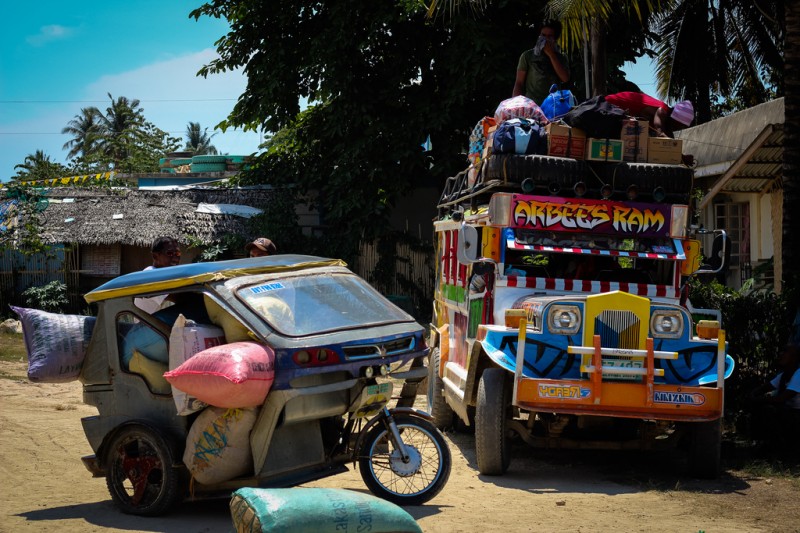
A jeepney beside a trike which is also a popular mode of transportation in the Philippines. Flickr photo by Victor Dumesny (CC License)

A daily scene in downtown Manila where Jeepneys occupy all the lanes of a street. Flickr photo by Kahunapule Michael J (CC License)

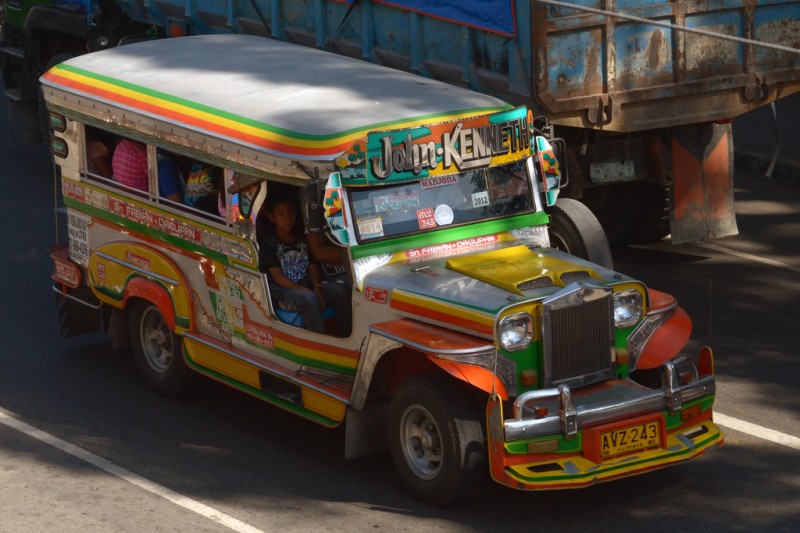
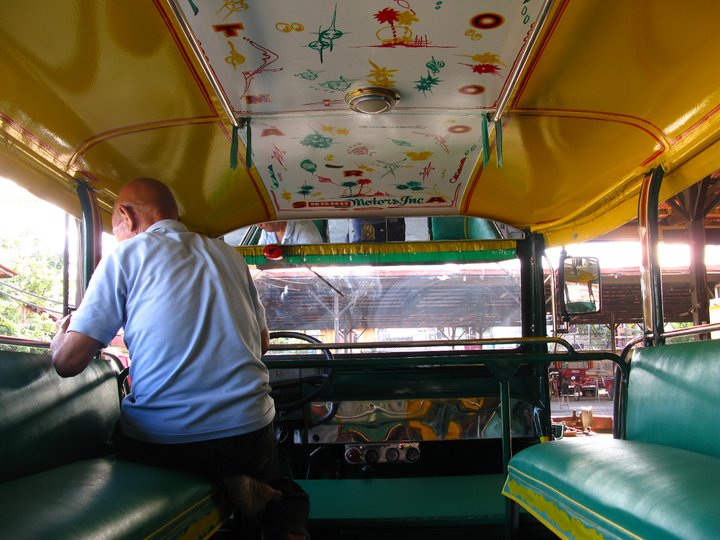
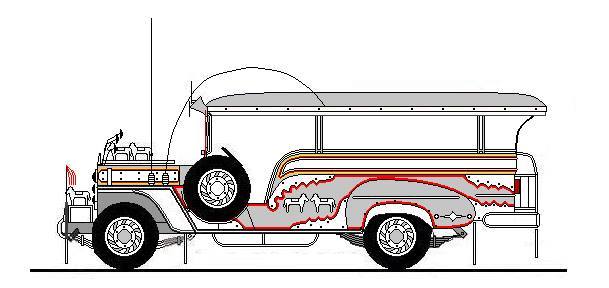
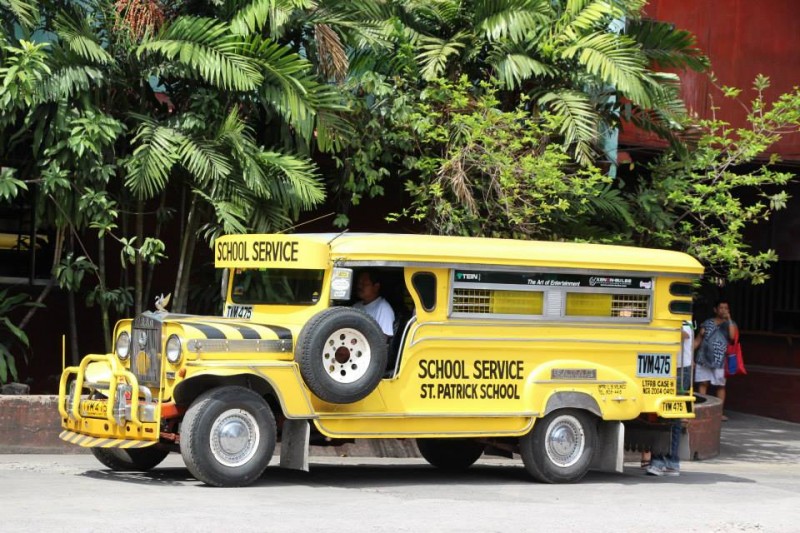
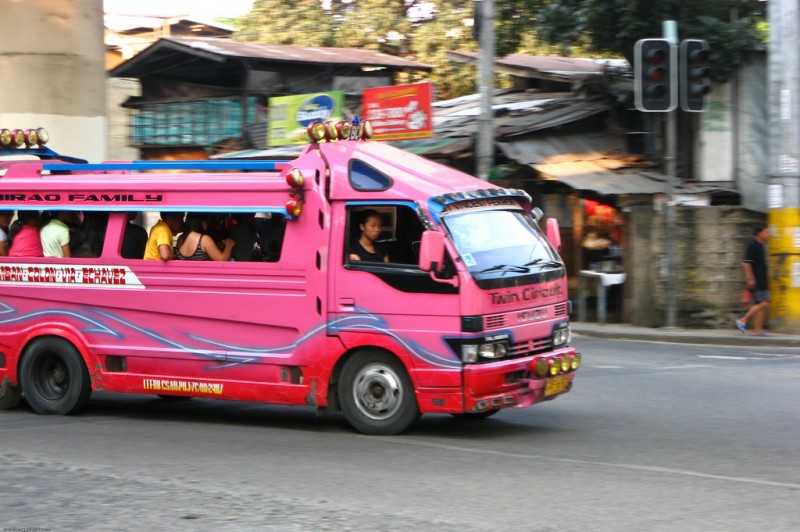
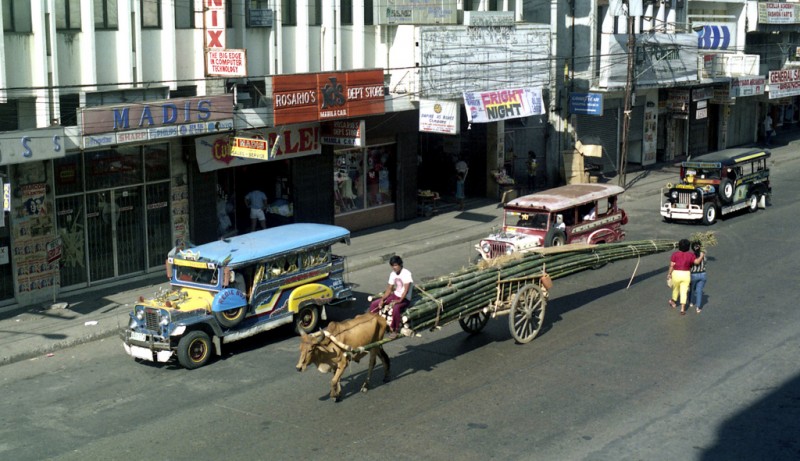
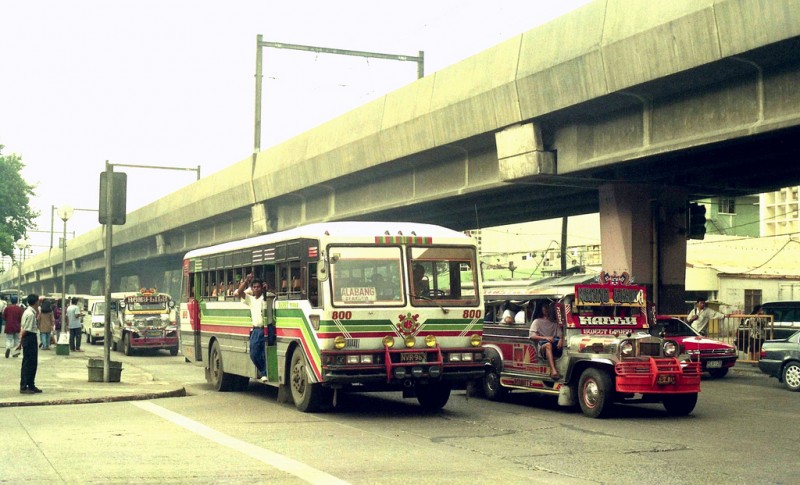
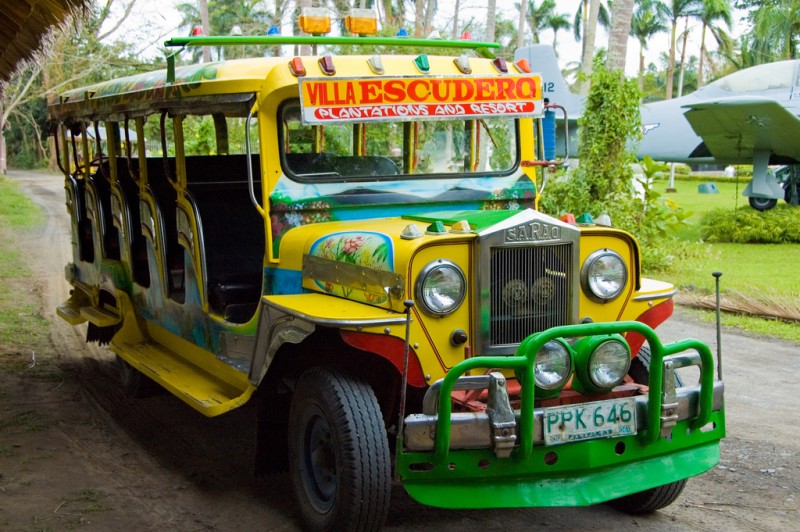
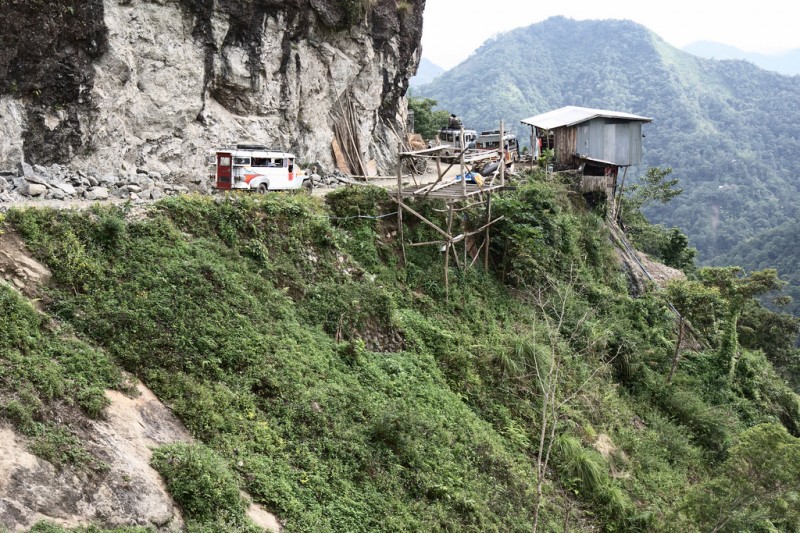






5 comments
great article…linked to my blog.